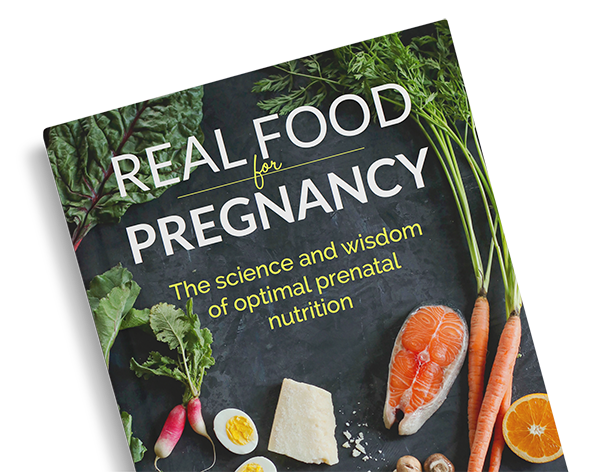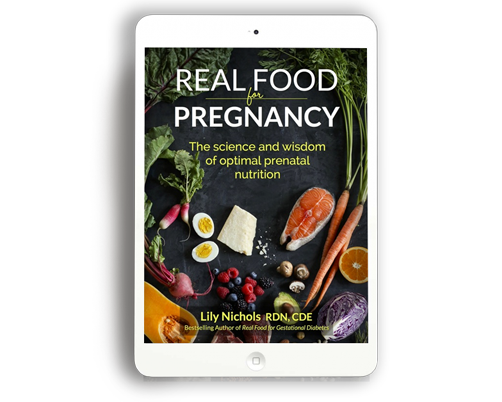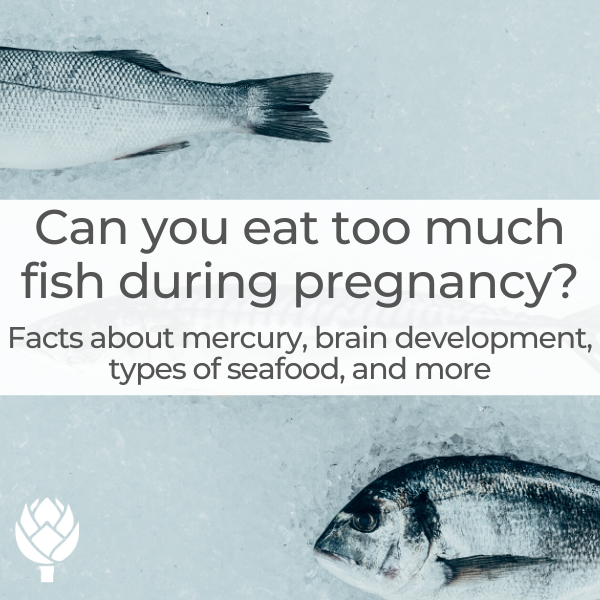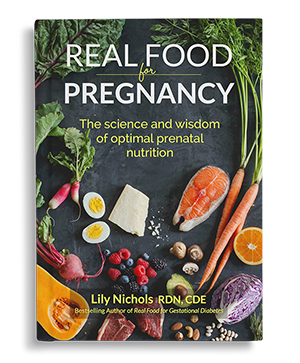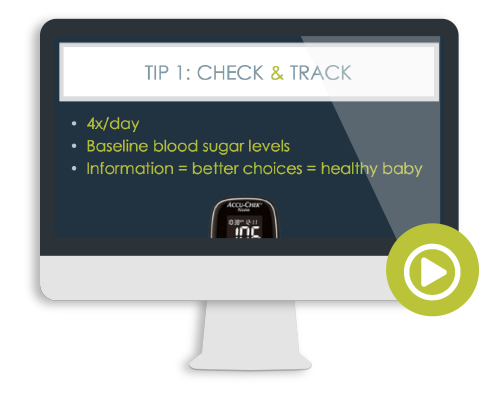I went on a fun rock climbing trip this weekend. Even though I’m relatively new to formal climbing, I’ve enjoyed climbing my whole life and my years of practicing Pilates have made it a relatively easy hobby to pick up. (What kid doesn’t love climbing trees or mountains?)
If you’re into climbing, you know that balance, coordination, agility, flexibility, and focus are all key to being a good climber. What better way to cross-train for climbing than Pilates?
Pilates can improve your skills as a climber by:
- Building Core Strength – Ever hear the phrase “Every movement starts from the core”? In climbing, this is so true. If you are barely maintaining balance and ready to make your next move, engaging your core first before you stretch out for that next hold could be the difference between a successful climb or falling.
- Improving Form and Preventing Injuries – In Pilates, maintaining symmetry in movements is crucial. This is extremely helpful while climbing, since most of the time your body is not in a symmetrical position. When your musculature is balanced on both sides (aka right arm is equally strong to your left arm), you can more easily maneuver tough spots during a climb. And if you do get injured while climbing, Pilates is always there to get you back into shape.
- Enhancing Flexibility – Many Pilates exercises require a movement that strengthens one set of muscles while stretching out another set of muscles, a similar skill required for climbing. Depending on your Pilates teacher, you may even learn PNF stretching, which can help loosen up muscles quickly giving you more freedom of movement and range of motion.
- Fluid Breathing – Once it starts to get tough or scary, people naturally tend to hold their breath at a time when your muscles and brain need oxygen the most. In Pilates, you learn to use your breath to help you through difficult movements and breathe in a way that allows you to maintain core engagement.
- Improving Coordination – Ever see an uncoordinated climber? Not a pretty picture. The complex movements in Pilates force you to use your mind and body in unison. It all makes sense when you do the exercise “Coordination” on the reformer or “Boomerang” on the mat.
- Enhancing Focus – In Pilates, you learn to focus on many things at once. Take a standing arm exercise as an example. Sure you are moving your arms like the teacher has instructed, but you should also have your core engaged, your shoulders gently pulled back, sternum lifted, inner thighs squeezing, and be maintaining a normal pattern of breathing. Whew, talk about multitasking!
